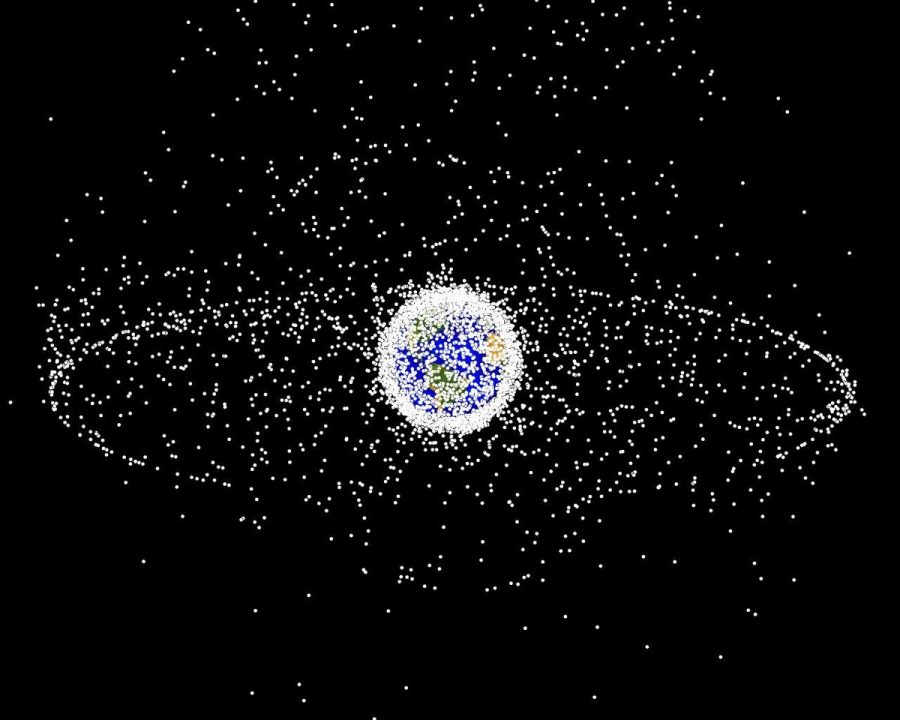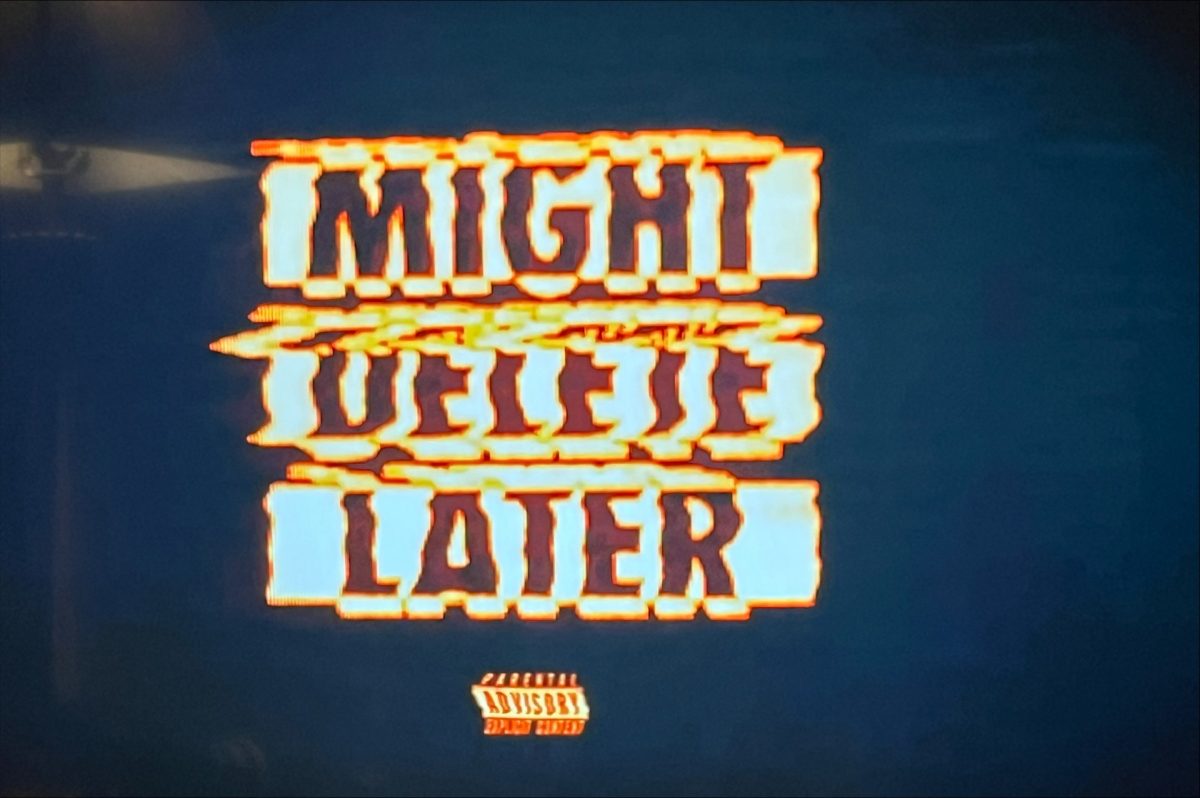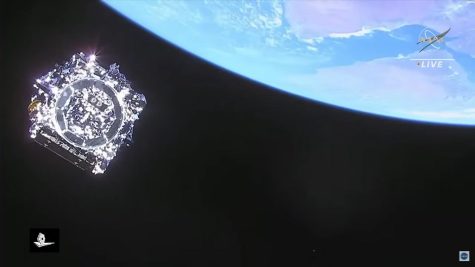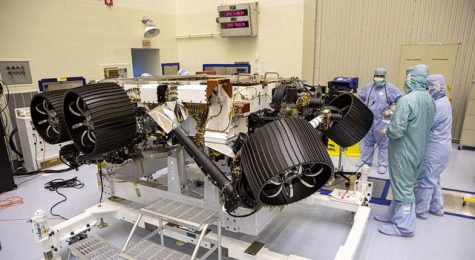An Enclosing Blanket – Kessler Syndrome
December 14, 2018
After 5 decades’ worth of space industrialization, and after launching thousands of satellites into orbit, we are now currently entering the breaking point as space debris, left over from years upon years of space travel. Such space debris could offset much of current day technologies to the 1970s, dreams of off-world colonization, mars exploration, and deep space travel may be set back by decades, possibly centuries.
Kessler Syndrome is a theoretical collision cascade which is activated when satellites crash into each other, creating new debris and hitting other satellites, traveling faster than a bullet, upon which activated could destroy a trillion dollar infrastructure in Low-Earth Orbit by turning a lot of non-junk into junk. Kessler Syndrome, proposed by NASA Scientist Donald J. Kessler in the year 1976, has been the center of discussion by scientists and NASA officials, as many scientists believe we have hit a critical point in the amount of debris currently orbiting the Earth. After decades of space travel, Low-Earth Orbit has turned into a junkyard of broken satellites, missile test debris, and other dangerous objects zipping around our planet and over our heads at speeds high enough that being hit by a single pea-sized object would be like being hit with a railgun. Instantaneously vaporizing the metal around the impact and serving as a high danger to astronauts.
We know of 2,600 defunct satellites in orbit, at least 10,000 objects larger than a monitor, 20,000 objects the size of an apple, 500,000 objects the size of a marble, and 100 million objects so small that they cannot be tracked. Even if we stop sending rockets into orbit, more and more debris will be created due to cascading collisions between these objects. If any of this debris hits one of our 4,800 working satellites it could lead to the most destructive butterfly effect in human history, possibly leading to the destruction of everything we have parked in orbit. Our dreams of space travel may be over before we could even begin to scratch the surface.
Luckily, many scientists have suggested possible solutions. Some ideas include electromagnets, laser beams, nets, and harpoons that could be used to remove debris from orbit or to push orbital debris to a safer orbit away from functioning spacecraft. All of this sounds great, even considering the launch of the RemoveDEBRIS satellite which successfully deployed its net capture system on September 16, 2018. It is good to see scientists are acting now rather than later, this needs to be fixed, it is very well possible that the loss of our Low-Earth Orbital infrastructure could set back our technological progress in GPS, Weather Systems, Communication, Thermal Imaging, and Laser Ranging back to the 1970s, even the internet could be set back by decades. So we better act now or never, because we very well may enclose ourselves in a literal blanket of garbage.












